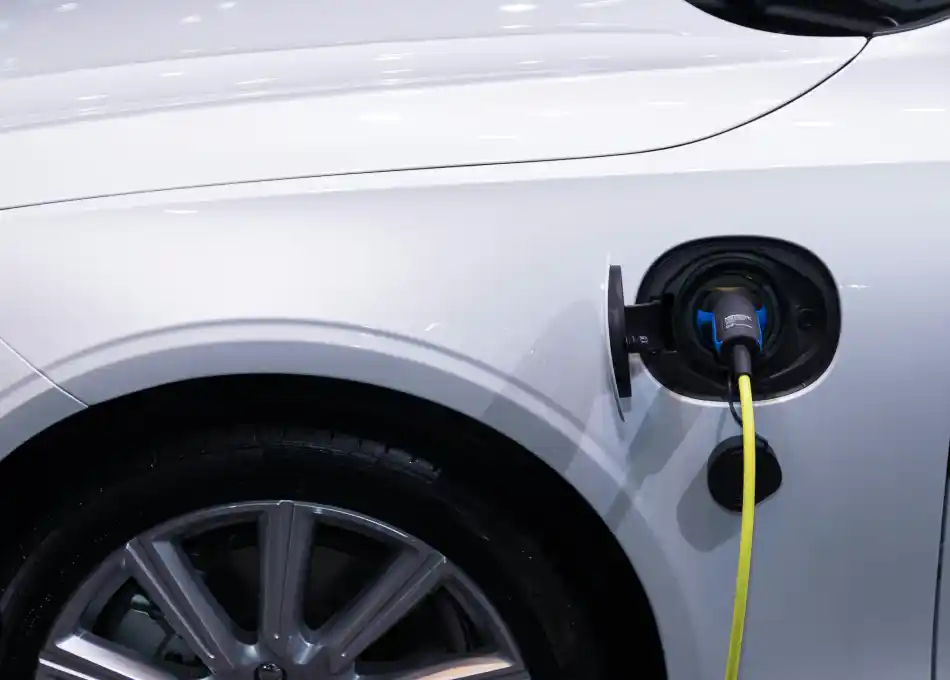Electric vehicles (EVs) aren’t just a futuristic idea anymore they’re here, changing the way we travel and think about transportation. From electric bikes and e-scooters to fully electric cars and SUVs, EVs offer an eco-friendly and cost-efficient alternative to traditional gas-powered rides. With expanding charging networks and attractive government incentives, now’s the perfect time to see if an EV fits your lifestyle.
You may make an informed choice that fits your budget and your dedication to sustainability by being aware of the various EV models, their range, and the total cost of ownership.

Types of EVs and How They Work
Not all electric vehicles are the same. Understanding the main types will help you pick the one that suits you best.
Battery Electric Vehicles (BEVs)
These are fully electric cars powered only by batteries. They produce zero emissions and work great for daily driving and even longer trips when paired with fast chargers. Think Tesla Model 3 or Nissan Leaf.
Plug-in Hybrid Electric Vehicles (PHEVs)
PHEVs combine a battery-powered electric motor with a gas engine. They can run purely on electricity for short trips (usually 20–50 miles) and switch to gas for longer drives. Perfect if you want to try electric but aren’t ready to fully commit.
Hybrid Electric Vehicles (HEVs)
These can’t be plugged in. Instead, they recharge their batteries using the gas engine and braking. The Toyota Prius is a famous example.
Electric Bikes & Scooters
For city commuters, electric bikes and e-scooters are becoming super popular. They’re affordable, reduce traffic, and are easy to use. Electric bikes with pedal-assist help you breeze up hills and go longer distances without getting tired.
Commercial EVs
Businesses are also jumping on board with electric buses and delivery vans to cut costs and help the environment.
Pro Tip: Before you buy, think about how far you drive daily and where you’ll charge your EV.
The Future of Electric Vehicles
The EV market is growing fast. Car makers are working on longer battery ranges, faster charging, and more affordable models. Electric bikes and scooters are also becoming a big part of city transport, easing traffic jams and pollution.
With many countries planning to phase out gas-powered cars in the next few decades, owning an EV is not just green it’s investing in the future.
Final Thoughts
Whether you want an electric bike for your daily commute, a mountain bike for weekend adventures, or a fully electric car to replace your gas-guzzler, there’s an EV for you. Thanks to better charging infrastructure, incentives, and long-term savings, switching to electric has never been easier.
Sure, there are challenges like range anxiety and upfront costs, but the benefits environmental friendliness, great performance, and lower running costs make EVs a smart choice today and for years to come.
